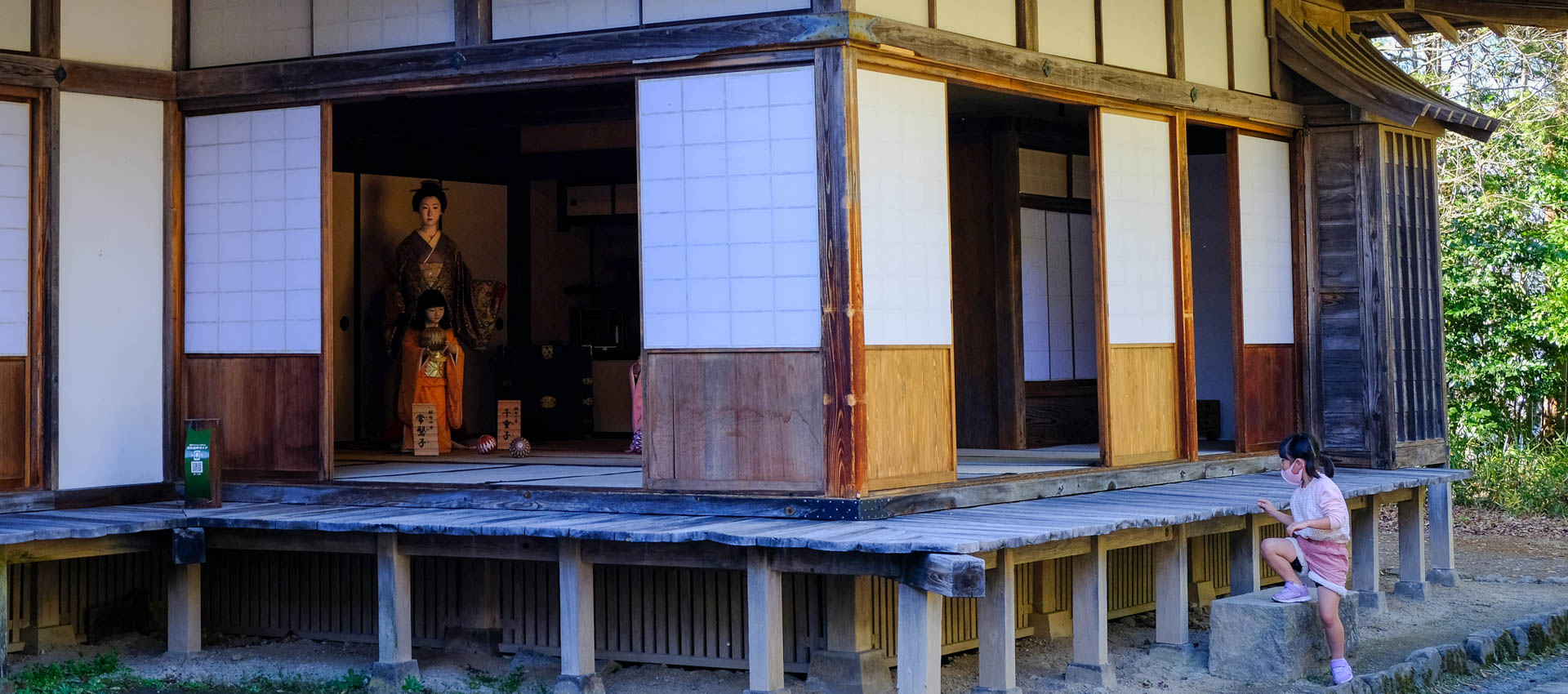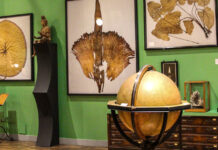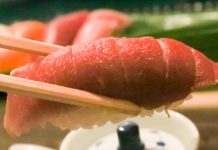
The town of Aizuwakamatsu in Fukushima prefecture is nicknamed “Samurai City” for its rich feudal history. A perfect place to experience this samurai past is at the Aizu Bukeyashiki, the excellently restored residence of the chief retainer of the Aizu clan, now turned into an evocative house museum.
The Japanese Feudal Era
The feudal era in Japan began with the Kamakura period in the 12th century. By the time of the Edo period in the 17th century, samurai were part of the highest-ranking ruling military class in Japan. The Aizu clan is famous for supporting the Tokugawa shogunate until the bitter end in the Boshin War. This civil war in 1868 completely ended the rule of the samurai. During this war, the Aizu Bukeyashiki was almost completely destroyed. Later, the building was restored using original drawings and documents and completed in 1975, and continues to stand as the museum we see today.
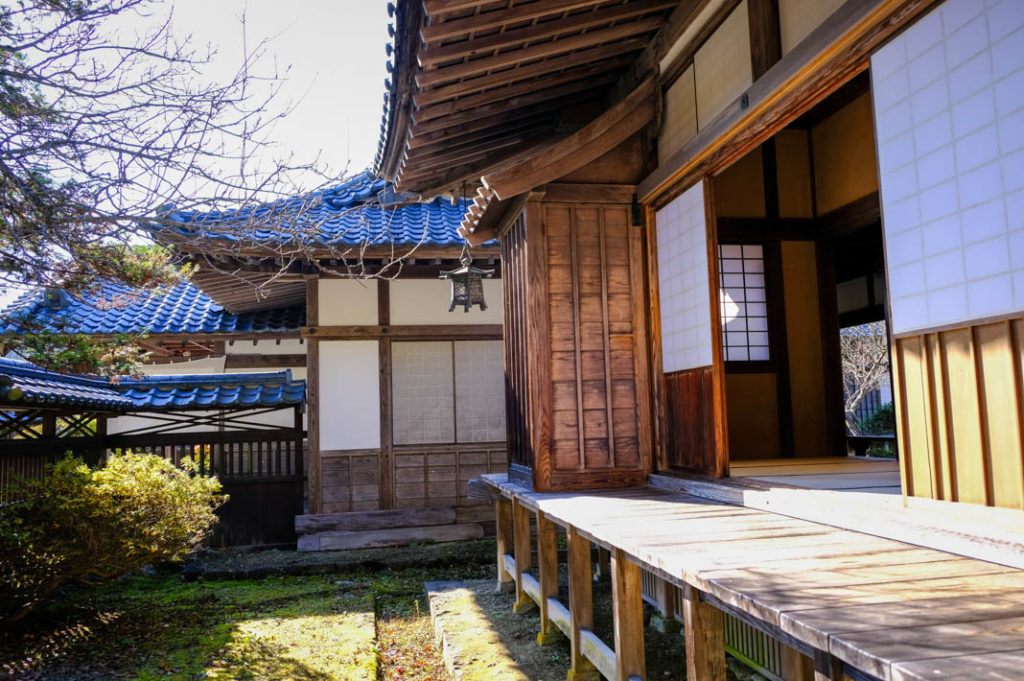
An impressive residence in the Samurai City
There’s a lot to see, but the main event is the sprawling villa of the chief retainer’s residence. The last was Tanomo Saigo, and the building has been designed to resemble how it would have looked during his tenure. Although you can’t enter any of the rooms, you can walk around the perimeter of the building and see inside. The doors of all 38 rooms are open, and the interiors have been filled with period furnishings and mannequins in costume so that you can see how these rooms were used during Saigo’s day. Each also includes a brief description in both English and Japanese. Observe a tea service in the tea room, suits of armor and weapons in the spear room, and the lady of the house scolding her daughters from playing in the lord’s bedroom. Also of note are the old-style lavatories and bathroom. I’ve been to many house museums in Japan, and this is one of the best!
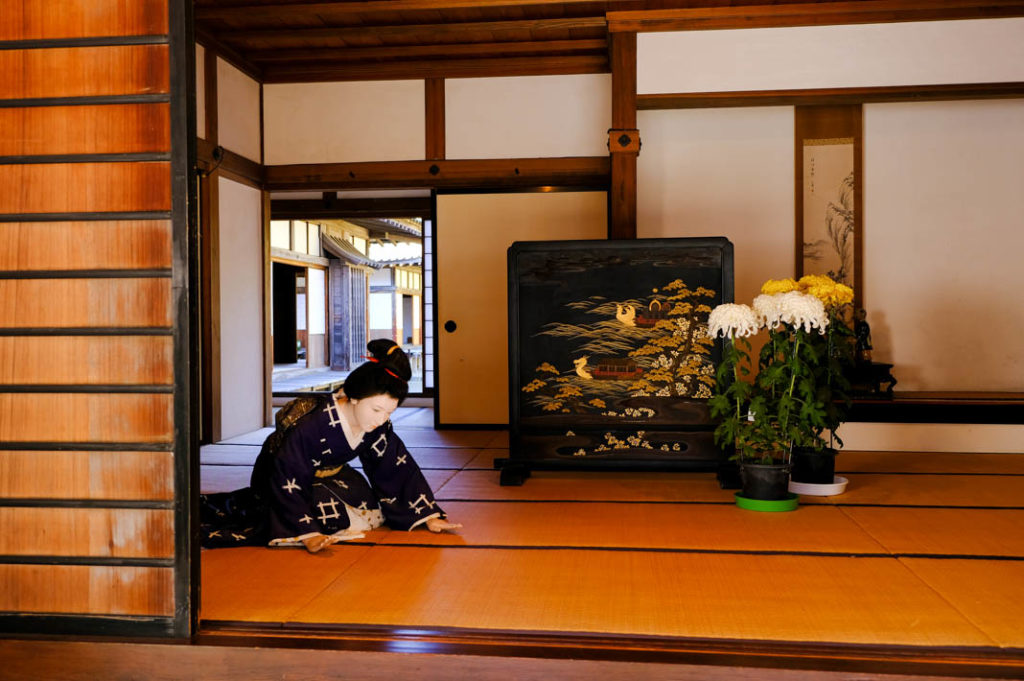

More to see at Aizu Bukeyashiki
A storehouse next to the villa houses an intriguing rice polishing mill. Watch as a water wheel turns, causing rows of posts to pound and polish the rice below. It’s an impressive but noisy contraption!
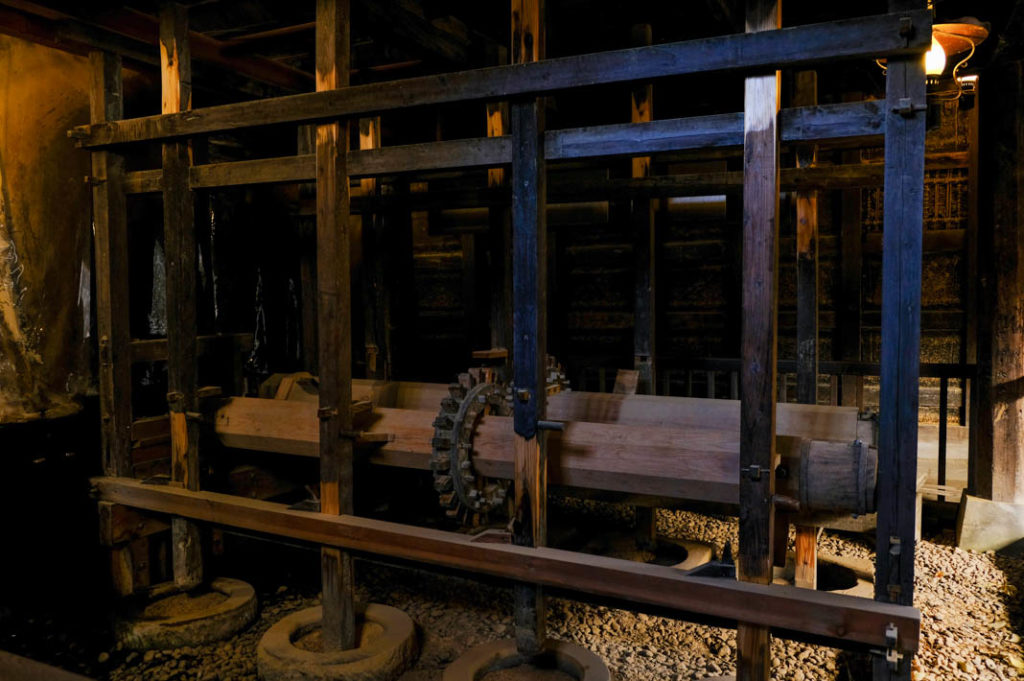
Beyond, there are other buildings on the premises with smaller exhibits and displays of clothing, weapons, and photos. Sadly, many of these exhibits are missing English translations and the quality of the exhibits are not quite as good as the chief retainer’s residence. However, don’t miss the display of mannequins acting out the ritual suicide of the women when they believed the war to be lost. The “enemy soldier” mannequin is particularly creepy. Also at Aizu Bukeyashiki is a reference library, a shrine, a restaurant, workshops, and a souvenir shop. If you fancy an activity, try a workshop on glassmaking, toy painting, or archery, where you can learn a new skill or create a custom souvenir to take home.

Getting there
From Aizuwakamatsu station, take the Akabe tourist bus to stop A11. Admission is ¥850.
Name: Aizu Bukeyashiki
Address: Innai-1 Higashiyamamachi Oaza Ishiyama, Aizuwakamatsu
Open: 8:30-17:00 April-November; 9:00-16:30 December-March
URL: here
Post by Japan Journeys.



